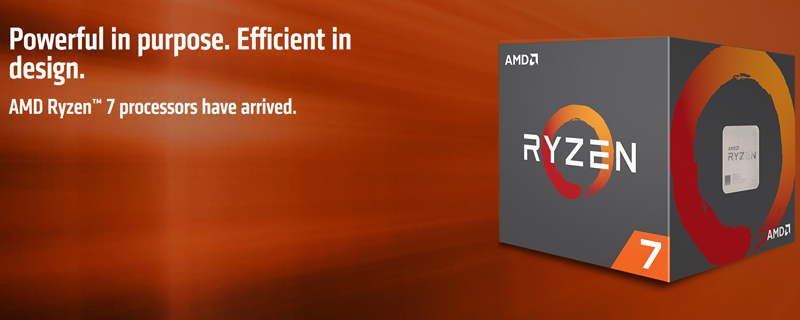AMD Ryzen 7 1700 CPU Review
Conclusion
There has rarely been a product easier to sum up than the Ryzen 7 1700.
With the 1800X we had to explain where AMD had come from, what a Phoenix from the Flames or Lazarus job they had done with their latest architecture, and how pleased we were to finally have an AMD CPU that we could recommend without any qualifiers or caveat emptors. There was, as there is with the 1700, much to express about how the insane calculation abilities of the Ryzen come at a far cheaper entry price when compared to the similarly capable Intel models.
In fact the only area with the Zen architecture that seems to cause any debate at all is whether it is a capable gaming processor. This is something that has caused furious debate across many websites including our own forums. As far as we are concerned the point of a review is to test – as much as is possible – the same specification of system using the same benchmarks so that we have a set of sterile results which aren’t open to interpretation. That way what we think or feel about a product, regardless of the years of experience that have honed our gut instincts, is immaterial. In fact sometimes we can get the feeling that something isn’t performing well, or is, only to discover the opposite is true once you look at the data. By this method the belief that the Ryzen processors aren’t good gamers just doesn’t stand up to scrutiny. Yes, they don’t quite put out the same levels of performance as some Intel models, but neither are they a disgraced, wheezy, old CPU desperately trying to justify themselves, but perfectly capable of pushing polygons to your GPU.
On the subject of GPUs, the real benefit that the 1700 brings to the party is its seriously competitive pricing. The Ryzen 7 1800X was extremely competitive when compared to the Intel octocore processors, but the 1700 goes even further by slashing another £170 off the price of the 1800X to bring it to the level of an i7-7700K, but with twice the cores and thus twice the threads. So why does the 1700 cost so little in comparison to the 1800X? Largely, for our purposes, the big difference is the lower TDP and aggressive thermal restrictions that mean the 1700 comes out of the box with a clock speed of 3 GHz and only turbo’s a single core up to 3.7 GHz. We can do, and did, much better than that. By manually overclocking you can dispense with the insanity of the CPU reporting a temperature of 20° higher than it actually is, and thus actually bring the 1700 up to its full capabilities of 4 GHz on every single core. As you saw from our graphs this had a massive effect in the performance of the 1700, taking it up to equality with the 1800X.
At stock, it’s slightly disappointing but you’re compromising raw clock speed with massive amounts of cores and thus calculative capabilities. If you’re willing to delve into the BIOS and do a little light tuning then you end up with a processor that is the equal of the Ryzen 7 1800X, but for £170 less. We already loved the 1800X, and the 1700 is the same but cheaper. We love cheap performance here at OC3D, and that’s why the Ryzen 7 1700 wins our OC3D Enthusiast Award. Just remember to overclock it.
 Â Â
 Â
You can discuss your thoughts about the AMD Ryzen R7 1700 Review on the OC3D Forums



